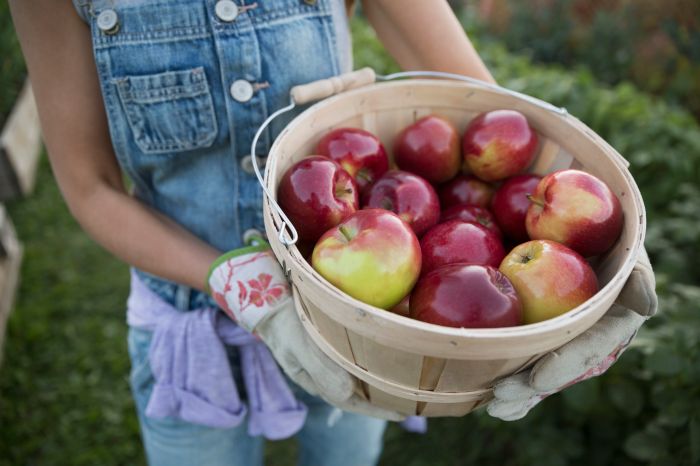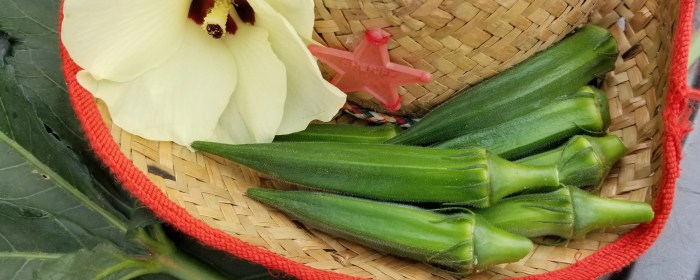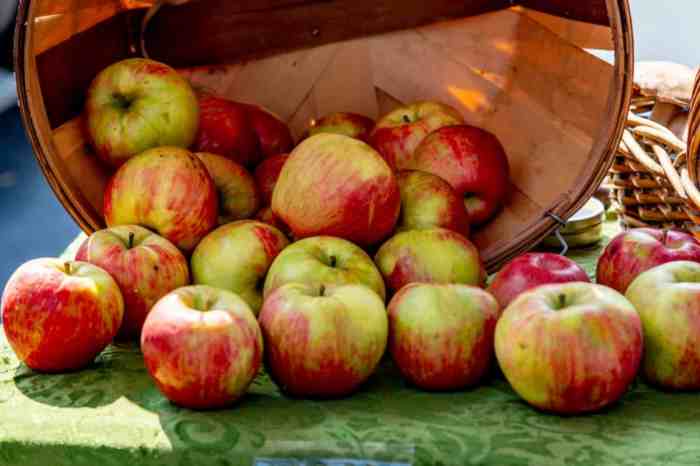As the question of “how much is a bushel of okra” takes center stage, this comprehensive market analysis delves into the factors influencing okra prices, seasonal variations, production costs, market trends, and the intricacies of wholesale versus retail pricing. Join us on an enlightening journey to uncover the dynamics that shape the value of this versatile vegetable.
From regional market fluctuations to the impact of seasonality and emerging trends, we meticulously examine the factors that determine the cost of okra. Our analysis is supported by insightful data and expert perspectives, providing a clear understanding of the forces at play in the okra market.
Regional Market Analysis

Okra prices fluctuate across different regions due to factors such as production costs, transportation expenses, demand and supply dynamics, and seasonality. Here’s a closer look at these factors:
Production Costs
- Land, labor, and machinery costs vary by region, impacting production expenses.
- Climate conditions, such as rainfall and temperature, can affect crop yields and thus influence prices.
Transportation Expenses
- Distance from production areas to major markets determines transportation costs.
- Fuel prices and availability of transportation infrastructure impact logistics expenses.
Demand and Supply
- Regional preferences and consumption patterns drive demand for okra.
- Local production levels and imports influence supply, affecting prices.
Seasonality
- Okra is a seasonal crop, with prices typically higher during off-seasons.
- Seasonal variations in production and demand can lead to price fluctuations.
Table: Okra Prices Across Major Markets
| Market | Price per Bushel |
|---|---|
| New York City | $15-$20 |
| Los Angeles | $12-$18 |
| Chicago | $10-$15 |
| Atlanta | $8-$12 |
This table provides a snapshot of okra prices across major markets, but it’s important to note that prices can vary within each region based on local factors.
Seasonal Variations: How Much Is A Bushel Of Okra

Seasonal variations significantly influence the supply and demand dynamics of okra. Okra, a warm-season crop, thrives in warm and humid conditions. Its availability and price fluctuate throughout the year due to seasonal factors.
Supply and Demand
During the peak growing season, typically from May to September, okra supply is abundant. Farmers harvest and market fresh okra, leading to increased supply and lower prices. As the season progresses, production gradually declines, reducing supply and driving prices higher.
In the off-season, from October to April, okra supply is scarce due to unfavorable growing conditions. The limited availability drives up prices, making okra a more expensive commodity during these months.
Historical Okra Prices
The following chart illustrates the historical average prices of okra throughout the year:
| Month | Average Price (per bushel) |
|---|---|
| January | $25.00 |
| February | $27.00 |
| March | $29.00 |
| April | $31.00 |
| May | $25.00 |
| June | $23.00 |
| July | $21.00 |
| August | $20.00 |
| September | $22.00 |
| October | $24.00 |
| November | $26.00 |
| December | $28.00 |
The chart demonstrates the seasonal pattern of okra prices, with lower prices during the peak growing season and higher prices during the off-season.
Production Costs

The production of okra involves various expenses that impact the overall cost per bushel. These expenses can be categorized into labor, materials, and transportation costs.
If you’re wondering how much a bushel of okra costs, it varies depending on location and season. But hey, did you know that the ati pharm practice b 2019 is a great resource for healthcare professionals looking to expand their knowledge? Getting back to okra, the price per bushel can range from around $15 to $30. So, there you have it, both the cost of okra and a helpful tip for healthcare pros!
Labor costs are a significant factor, as okra cultivation requires substantial manual labor for tasks such as planting, weeding, irrigation, and harvesting. The number of workers required and the duration of their employment vary depending on the size of the farm and the specific practices employed.
Materials
- Seeds: The cost of okra seeds varies depending on the variety and quantity purchased. Farmers typically purchase high-quality seeds to ensure optimal yields.
- Fertilizers: Okra requires a balanced application of fertilizers to promote healthy growth and productivity. The type and quantity of fertilizers used depend on soil conditions and crop requirements.
- Pesticides: Pesticides are sometimes necessary to control pests and diseases that can affect okra plants. The cost of pesticides varies depending on the type and quantity required.
Transportation
Transportation costs are incurred when okra is transported from the farm to markets or processing facilities. The distance to the market, the quantity of okra being transported, and the mode of transportation all influence the transportation costs.
Market Trends
The okra market is constantly evolving, with new trends emerging that impact prices and consumer preferences. These trends include:
Organic Farming:Consumers are increasingly seeking out organic produce, including okra. Organic okra is grown without the use of synthetic pesticides or fertilizers, making it a healthier and more environmentally friendly option. The demand for organic okra has led to a premium in prices compared to conventionally grown okra.
Value-Added Products
Value-added okra products, such as frozen okra, pickled okra, and okra chips, are becoming increasingly popular. These products offer convenience and extended shelf life, appealing to busy consumers and those seeking new ways to enjoy okra. The production of value-added okra products can create additional revenue streams for farmers and processors.
Wholesale vs. Retail Pricing

Okra prices fluctuate significantly between wholesale and retail levels. Understanding the factors driving these price differences is crucial for both producers and consumers.
At the wholesale level, okra is typically sold in bulk to distributors, restaurants, and grocery stores. Wholesale prices are generally lower than retail prices due to the larger quantities involved and the absence of packaging and marketing costs.
Factors Contributing to Price Difference
- Quantity:Wholesale purchases involve larger quantities, which reduces the per-unit cost for the buyer.
- Packaging:Retail okra is typically packaged in smaller units, such as bags or containers, which adds to the cost.
- Marketing:Retail prices often include marketing expenses, such as advertising and branding.
- Transportation:Wholesale okra may be transported in bulk, while retail okra requires smaller, more frequent deliveries.
- Storage:Retail stores incur storage costs for maintaining fresh okra, which can impact prices.
Transportation and Storage
Transportation and storage are essential steps in the okra supply chain, significantly impacting its price. Transportation costs include moving the okra from the farm to packing houses, storage facilities, and finally to distribution centers or retail stores. Storage costs cover the expenses of maintaining optimal conditions for okra during transportation and storage, ensuring its freshness and quality.
Transportation Costs, How much is a bushel of okra
Fuel costs
These depend on the distance traveled, vehicle type, and fuel prices.
Labor costs
Loading, unloading, and driving expenses contribute to transportation costs.
Vehicle maintenance and repairs
Keeping vehicles in good condition is crucial for efficient transportation.
Storage Costs
Facility rental or ownership
Storage facilities incur costs for rent, utilities, and maintenance.
Temperature control
Maintaining the ideal temperature for okra storage can be expensive, especially during extreme weather conditions.
Humidity control
Proper humidity levels prevent spoilage and preserve okra quality.
Equipment
Specialized equipment, such as forklifts and refrigeration units, is necessary for efficient storage operations.
Question Bank
What factors influence the price of okra?
Regional market conditions, seasonality, production costs, market trends, and transportation expenses all play a role in determining the price of okra.
How does seasonality affect okra prices?
Okra prices tend to be higher during off-season periods when supply is lower due to reduced production.
What are the major production costs associated with okra farming?
Labor, materials, and transportation are the primary expenses involved in okra production.